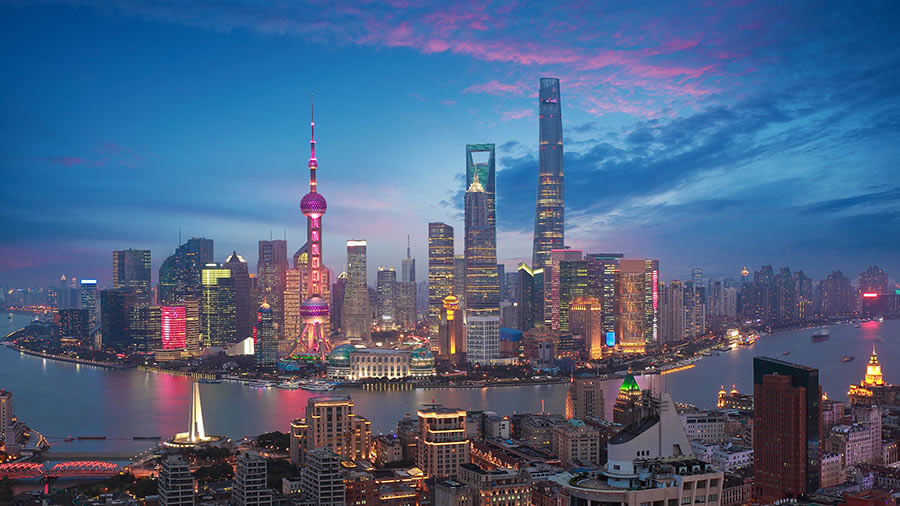Alibaba’s In-Context LoRA: A Revolutionary Approach to Image Generation
Introduction: Alibaba’s Tongyi Lab has unveiled In-ContextLoRA, a groundbreaking image generation framework built upon Diffusion Transformers (DiTs). Unlike traditional methods requiring extensive model retraining, In-Context LoRA leveragesthe inherent contextual learning capabilities of existing models, achieving impressive results with minimal adjustments and reduced reliance on large labeled datasets. This innovative approach promises to democratize high-quality image generation across diverse applications.
In-Context LoRA: A Deep Dive
In-Context LoRA represents a significant advancement in the field of image generation. Instead of modifying the architecture of pre-trained models,it employs Low-Rank Adaptation (LoRA) to fine-tune the model’s parameters using a relatively small dataset. This targeted approach minimizes computational overhead and data requirements while maintaining the high generative quality of the underlying DiT model.The key lies in harnessing the model’s existing contextual understanding to adapt to new tasks, a strategy that significantly simplifies the training process.
Key Features and Capabilities:
-
Multi-task Image Generation: In-Context LoRA seamlessly adapts to a wide range of image generation tasks, including storyboard creation,font design, and interior decoration, without requiring separate model training for each. This versatility makes it a highly efficient and cost-effective solution.
-
Contextual Learning: The framework cleverly exploits the pre-trained model’s inherent contextual learning abilities. By leveraging LoRA adjustments, it activates and enhances thesecapabilities using relatively small datasets, making it accessible even with limited resources.
-
Task Agnosticism: While data adaptation is task-specific, the underlying architecture and process remain task-agnostic. This design ensures the framework’s adaptability across a broad spectrum of applications.
-
Image Set Generation:A standout feature is its ability to generate coherent image sets with customized internal relationships. These sets can be conditioned on text prompts or existing image collections.
-
Conditional Image Generation: Building upon SDEdit technology, In-Context LoRA supports conditional generation based on existing image sets, enabling users to create variations orextensions of existing visual content.
Implications and Future Prospects:
The implications of In-Context LoRA are far-reaching. Its efficiency and adaptability could significantly lower the barrier to entry for researchers and developers working on image generation. This could lead to a surge in innovative applications across various industries, from entertainmentand design to advertising and scientific visualization. Future research could focus on further enhancing the framework’s contextual understanding, exploring its potential in even more complex tasks, and potentially integrating it with other AI technologies for even more powerful capabilities.
Conclusion:
Alibaba’s In-Context LoRA represents a paradigm shiftin image generation. By cleverly leveraging the inherent capabilities of existing models and minimizing the need for extensive retraining, it offers a highly efficient, versatile, and accessible solution for a wide range of applications. Its innovative approach promises to accelerate progress in the field and unlock new possibilities for creative expression and technological innovation. The futureof image generation looks brighter, thanks to advancements like In-Context LoRA.
References:
(Note: Since no specific research papers or official documentation were provided, this section would contain references to Alibaba’s Tongyi Lab website or any relevant publications once available. A placeholder is used below.)
[1] Alibaba Tongyi Lab Website (Placeholder for official documentation link)
[2] (Placeholder for any relevant research papers or publications)
Views: 0
